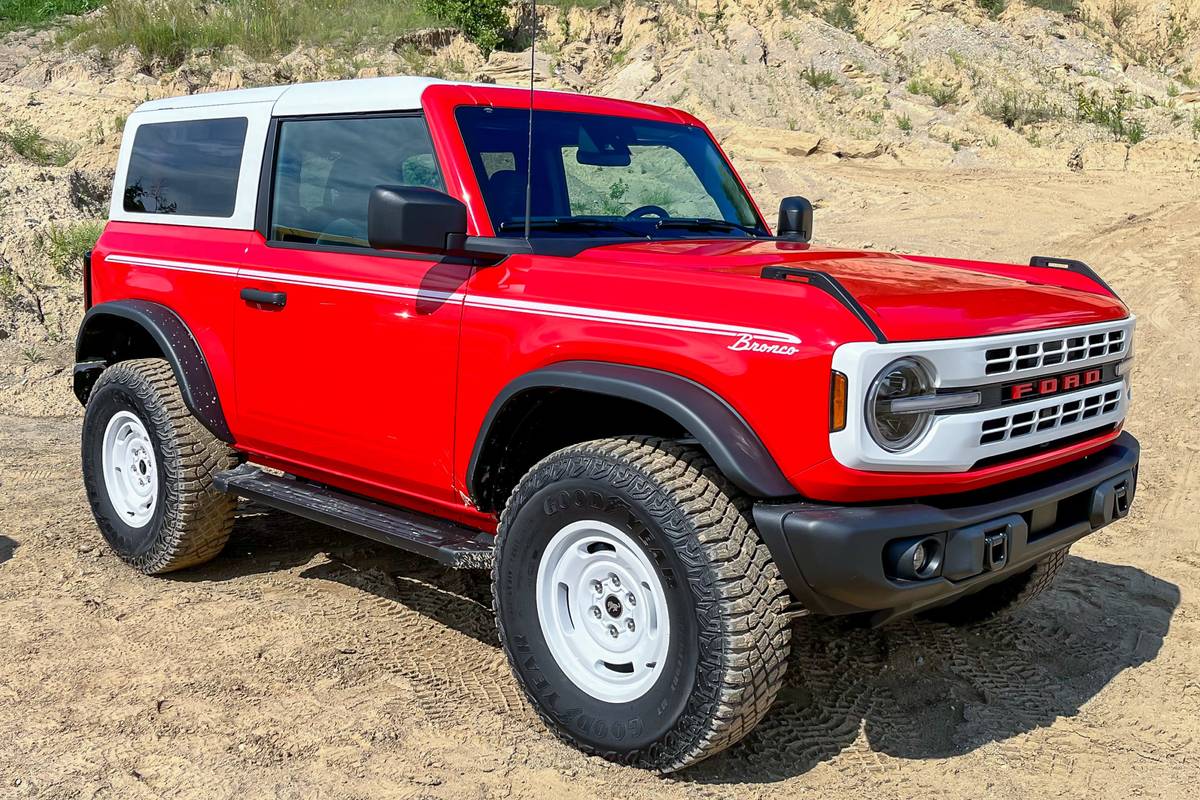washingtonpost.com's view
It was a lesson in seduction and hypocrisy. It began with the arrival of the 2001 Subaru Outback H6-3.0 VDC wagon. I enjoyed it, and that was the problem.
I was supposed to view it as excessive — an unnecessary boost in power, performance and luxury for an otherwise practical vehicle.
Indeed, I had treated coolly queries from readers seeking more information on the new six-cylinder Outback — Subaru’s attempt to take on the likes of the Audi A4 2.8T Avant, Volkswagen Passat 4Motion and Volvo V70 Cross Country wagons.
All those European models are very nice. But let’s face it: They are designed to flatter egos as well as transport bodies, which means they’re pricey in a way that gnaws at common sense.
I hoped Subaru would stay out of that game. For nearly 30 years, the company made a decent living building all-wheel-drive-mobiles with four-cylinder engines. They weren’t the prettiest cars and wagons on the road, but, by golly, they were reliable little workhorses that got you through rain and snow with no problems. And you didn’t have to spend the equivalent of one year’s tuition at a private college to buy them, either.
But the people at Japan’s Fuji Heavy Industries Ltd., Subaru’s parent company, were feeling pressure from European and Japanese rivals that were leaping ahead in sales by selling PPA — plush, power and attitude — the automotive formula for sex.
So, for model year 2001, Subaru countered with two super-lux versions of its popular Outback — the H6-3.0 VDC (Vehicle Dynamics Control) and the H6-3.0 L.L. Bean Edition. “H6-3.0” refers to the 3-liter, horizontally opposed, 212-horsepower six-cylinder engine in those models. A 2.5-liter, horizontally opposed, 165-horsepower four-cylinder engine is standard in Outback wagons.
I was ready to sneer, having dumped on the idea of Subaru moving to six cylinders in the first place. I marinated myself in self-righteousness, preaching about fuel economy, clean air and all of the other wonderful things possible with smaller engines.
But such virtue comes easily in the absence of vice. I had not yet driven the H6-3.0. When I did, I fell. Mea culpa, mea culpa, mea maxima culpa!
What can I say? Singer Billy Joel was right. It’s much better to laugh with the sinners than cry with the saints. Sin is simply more interesting.
For example, getting from one point to another in the four-cylinder Outback is a fairly tame business. Acceleration is okay. Heck, sometimes, at highway speeds, that four feels like a six. But the faster it goes, the louder it gets, a kind of a whine, as if it’s complaining: “Why are you making me do this?” And it occasionally adds a downshift to remind you that, well, it is a four-cylinder engine after all.
But none of that guilty stuff is in the H6-3.0. It just goes. Zoom! It’s smooth and quiet. Subaru uses liquid-filled engine mounts to help damp en vibrations, a task aided by the H-design cylinder layout itself.
Subaru also employs much more plush in the H6-3.0, and plush is good. Supple leather seats, found in the H6-3.0 VDC and the slightly over-the-top L.L. Bean Edition, feel better than cloth seats. An 11-speaker McIntosh Audiophile Sound System, standard in the H6-3.0 Outback, sounds better than ordinary sound systems found in four-cylinder Outbacks. A Momo-design mahogany steering wheel, also standard in the H6-3.0, looks and feels better than vinyl or leather-covered steering wheels in lesser Outbacks.
An improved all-wheel-drive system also helps. Very simply stated, the new system combines an electronically controlled hydraulic transfer clutch with a center differential to distribute power between front and rear wheels. Power allocation normally runs 45 percent to the front wheels and 55 percent to the back. Sending more power to the rear gives the H6-3.0 a better “performance-driving fe el,” accor ding to Subaru’s engineers.
All I know is that I’ve been seduced, and I like it. I’d take the H6-3.0 over the four-cylinder Outback any day.
Nuts & Bolts
2001 Subaru Outback H6-3.0 VDC Concern: I’m still getting queries from people wanting to know if they can take their Outbacks off-road, as in over rocks, logs and streams. The answer is no. The Outback has a 7.3-inch ground clearance and a fairly rugged (for a station wagon) suspension. But, at most, it can handle light off-roading, such as gravel-covered passes or muddy paths. Read your owner’s manual.
Praise: The new H6-3.0 hits the target. It should be on every shopping list for “entry-luxury” crossover vehicles, such as the Lexus RX300 and Volvo V70 Cross Country wagons.
Ride, acceleration and handling: Top marks in all categories.
Head-turning quotient: Not much of a reaction to exterior styling. But the interior had a high “Wow!” factor.
Capacities: Seats five people. Cargo capacity is 34.3 cubic feet with rear seat up and 68.6 cubic feet with rear seat down. Fuel tank holds 16.9 gallons of regular unleaded, but Subaru recommends 91-octane unleaded for “maximum performance.”
Mileage: I averaged 26 miles per gallon in mostly highway driving. The test wagon was equipped with an electronically controlled four-speed automatic transmission.
Price: Base price on the test model is $31,895. Dealer invoice on that model is $28,839. Price as tested is $32,390, including a $495 destination charge. The transportation fee is $695 in Alaska.
Purse-strings note: Sin ain’t cheap, not even for a Subaru.
Latest news



